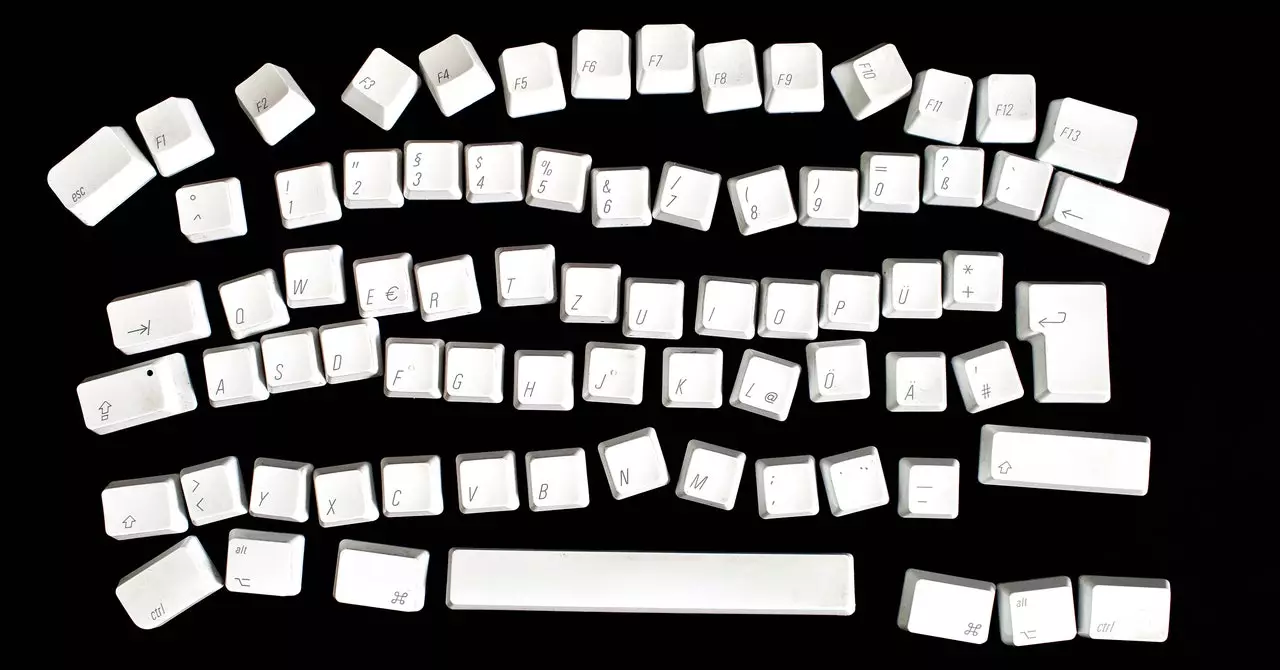Detecting whether text has been generated by tools like ChatGPT can be a challenging task. While artificial intelligence-detection tools, such as GPTZero, aim to provide users with guidance on identifying bot-generated content, they are not infallible and can sometimes produce false positives. As a journalist who has been covering AI detection for over a year, it is crucial to acknowledge the limitations and nuances associated with detecting AI-generated text.
One of the proposed methods for detecting AI-generated content is through the use of watermarks that designate specific word patterns as off-limits for AI text generators. However, the potential efficacy of this approach is met with skepticism by researchers. While the idea of watermarking holds promise, it is essential to consider the practical challenges and limitations associated with implementing such a strategy effectively.
The Impact of AI on Educational Practices
AI text detection has significant implications for educational practices, particularly in the context of schoolwork and academic settings. Educators are increasingly concerned about students using chatbots to complete homework assignments, leading to questions about the authenticity and integrity of student work. The use of AI-generated content in educational settings raises ethical concerns about plagiarism and academic dishonesty.
The responsibility of companies to flag products that may be generated by AI is a pressing issue. As seen in cases of potentially copyright-breaking AI-generated books being listed for sale on platforms like Amazon, there is a need for greater transparency and accountability in the labeling of algorithmically generated content. The debate surrounding the balance between false positives and the benefits of flagging AI-generated products underscores the complexities of AI detection.
AI-generated text is increasingly prevalent in academic journals, posing challenges for maintaining the integrity and credibility of scientific literature. The proliferation of AI-written papers without proper disclosure raises concerns about the potential dilution of quality research. The development of specialized detection tools to identify AI content within peer-reviewed papers is crucial for upholding academic standards and avoiding ethical controversies.
The Limitations of Watermarking as a Detection Strategy
While watermarks have been proposed as a means of identifying AI-generated text, their effectiveness remains a point of contention. Recent discussions with experts have highlighted the difficulty of implementing watermarks that are both invisible to human readers and detectable by AI detection software. The ongoing challenges and vulnerabilities of watermarking underscore the need for robust and reliable detection methods.
Addressing Bias and False Positives in AI Detection
The integration of AI spotting capabilities in plagiarism detection software like Turnitin raises concerns about bias and false positives in identifying AI-generated content. The risks of erroneously labeling content from non-native English speakers as AI pose significant challenges for detection algorithms. As developers work to enhance AI-detection algorithms, mitigating the risks of bias and inaccurate results remains a critical area of focus.
The detection of AI-generated text presents complex challenges that require careful consideration of ethical, technical, and practical factors. As the field of AI continues to evolve, it is essential to critically examine the limitations and potential biases inherent in detection methods. By fostering dialogue and collaboration among researchers, developers, and educators, we can work towards enhancing the accuracy and effectiveness of AI text detection in the digital age.


Leave a Reply